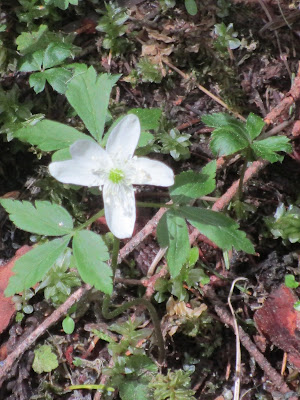Tromsø, Troms and Finnmark, Norway
This picture of a postcard was sent by a Norwegian cousin who had visited here recently. The photograph shows the city of Tromsø located in northern Norway.
Tromsø is a city north of the Arctic Circle in Troms and Finmark county. The city center is on the island of Tromsøya but the urban area is also found on the mainland. Connections between the island and the mainland are by the Tromsø Bridge, seen in the photo, and the Tromsøysund Tunnel. It is also connected to the island of Kvaløya by the Sandnessund Bridge. The westerlies and a branch of the Gulf Stream, the North Atlantic Drift, make the climate milder here than most other settlements this far north. Because it is so far north it experiences the midnight sun and the polar night depending on the season.
This area of Norway has been inhabited since the end of the Ice Age. Some archeological excavations have turned up remains of buildings and artifacts 9,000 to 10,000 years old. In the 890s the Norse chieftain Ohthere, who lived near the southernmost part of Tromsø, described himself as living furthest to the “North of all Norwegians.” Places north of this are populated by the Sámi. The first church on the island was built in 1252. King Christian VII issued the Tromsø city charter in 1794. With Bergen no longer holding a monopoly in the fishing of cod, this far northern city quickly rose in importance. By 1900 it had become a major Arctic trade center. Explorers Roald Amundsen, Umberto Nobile and Fridtjof Nansen recruited their crews and started their expeditions from here.
One of the largest groups of historic wooden houses dating from 1789 to 1904 north of Trondheim co-exist with modern architecture. Wooden houses were banned in the early 1900s from the city center in several Norwegian cities, most likely due to fire danger. Several festivals are held in the city during the summer. Today tourism has exploded as an economic resource.
The Sámi are among the prominent minorities in this area of Norway. There is a Sámi People’s Day and signs at the university are bilingual. There has been a controversial attempt to get all public signage in both Norwegian and Sámi. However, in 2013 the city agreed with the Sámi Parliament to strengthen Sámi language and culture in Tromsø.
For additional information, see:
https://en.wikipedia.org/wiki/Troms%C3%B8






























































